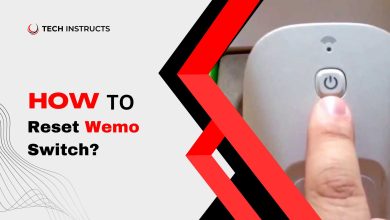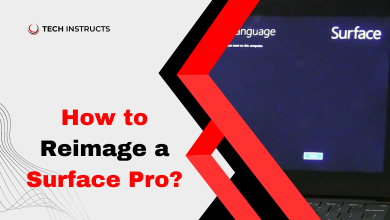How to Hook Up 3 Monitors to One Computer: A Comprehensive Guide
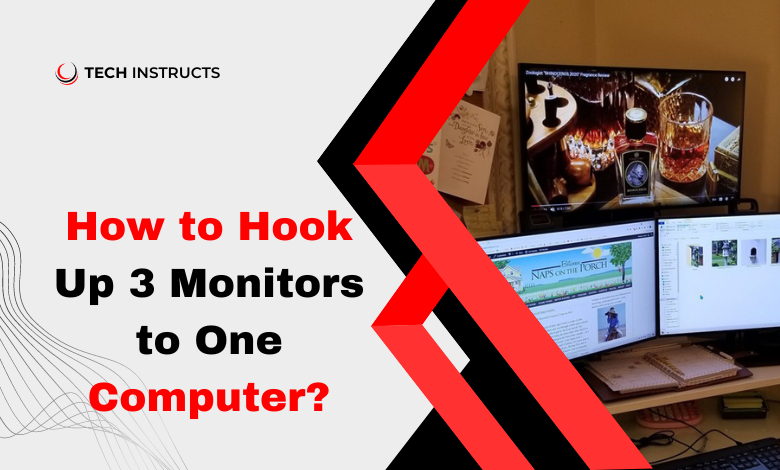
In today’s fast-paced digital world, having multiple monitors connected to a single computer can significantly boost productivity and streamline workflow. Whether you’re a professional multitasker or a hardcore gamer looking for an immersive experience, knowing how to hook up three monitors to one computer can make all the difference. In this guide, we’ll walk you through the process step by step, ensuring a smooth setup without any hassle.
Understanding Your Setup
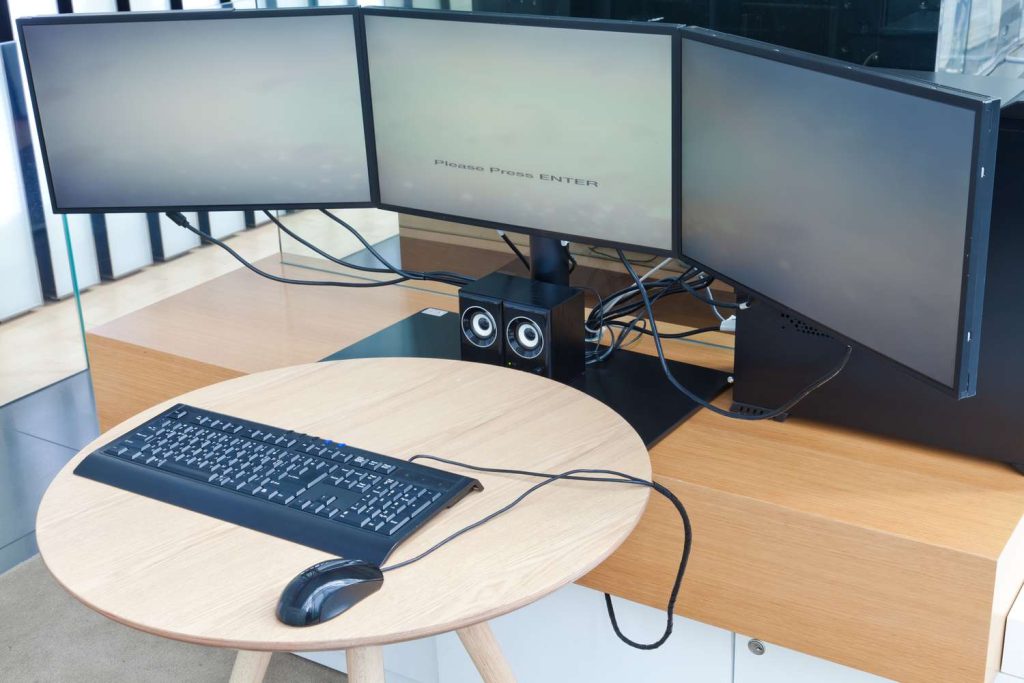
Before diving into the setup process, it’s essential to understand your equipment and the connections available. Make sure your computer has sufficient ports to support multiple monitors. Identify the type of ports available, such as HDMI, DisplayPort, DVI, or VGA, as this will determine the type of cables you’ll need for connecting the monitors.
Gathering the Necessary Equipment
To successfully hook up three monitors to one computer, you’ll need the following equipment:
- Three monitors with compatible ports
- A computer with multiple video outputs
- Video cables (HDMI, DisplayPort, DVI, or VGA) for each monitor
- Optional: a docking station or a graphics card for additional video outputs
RECOMMENDED POST: Dell Desktop Keyboard Not Working? Here are the Fixes
Connecting the Monitors
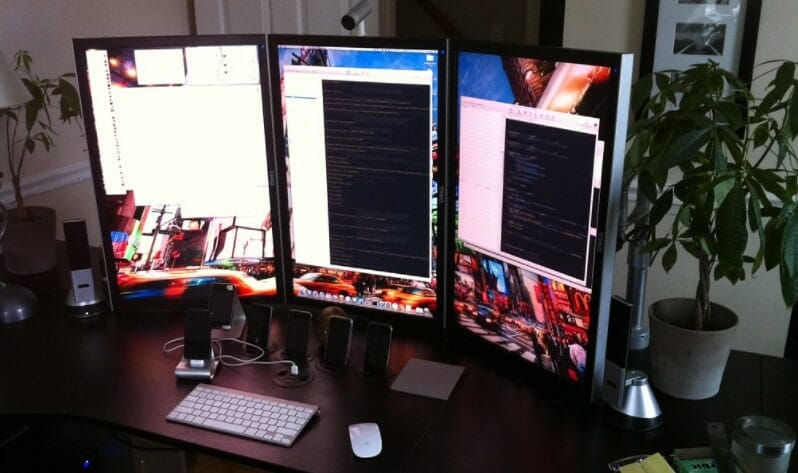
Step 1: Identify Video Outputs
Locate the video outputs on your computer. Depending on the model, you may have HDMI, DisplayPort, DVI, or VGA outputs. Note down the available ports and their types.
Step 2: Connect the Cables
Using the appropriate cables, connect each monitor to a separate video output on your computer. Ensure a secure connection by firmly attaching the cables to both the monitor and the computer.
Step 3: Adjust Display Settings
Once all monitors are connected, adjust the display settings on your computer. Access the display settings menu and configure the arrangement and orientation of the monitors according to your preference.
Configuring Display Settings
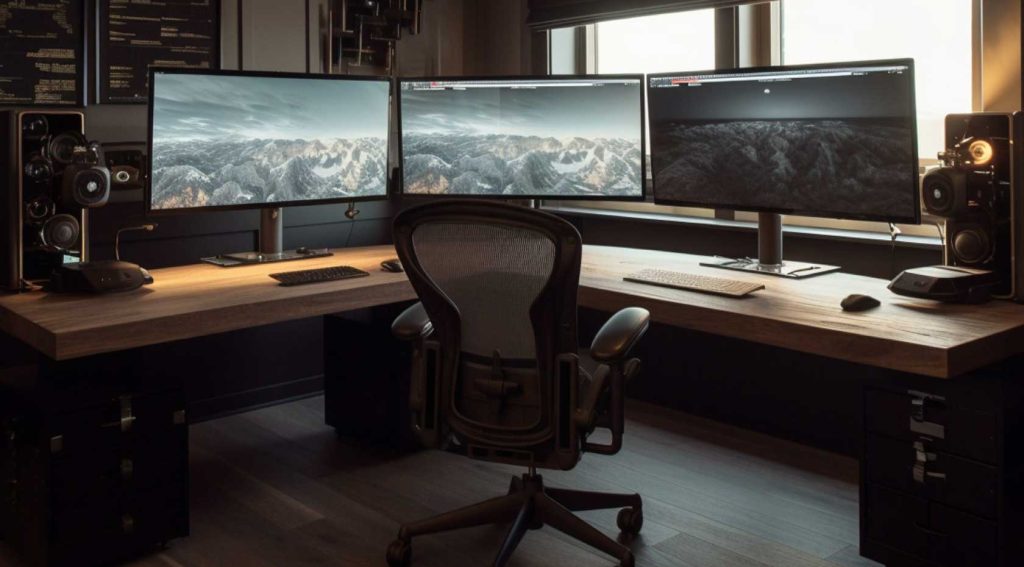
Extend or Duplicate Displays
Choose whether you want to extend your desktop across all three monitors for multitasking or duplicate the same display on each monitor. Customize the display settings to suit your workflow and productivity needs.
Adjust Resolution and Orientation
Fine-tune the resolution, refresh rate, and orientation of each monitor to ensure optimal viewing experience. Calibrate the settings to match the specifications of your monitors for crisp and clear visuals.
Troubleshooting Common Issues

Encounter any issues during the setup process? Don’t worry; we’ve got you covered. Here are some common problems and their solutions:
- No Display Detected: Check the cable connections and ensure they’re securely plugged in. Try using different cables or ports if necessary.
- Mismatched Resolutions: Adjust the display settings to match the native resolutions of your monitors for the best image quality.
- Graphics Card Compatibility: Ensure your computer’s graphics card can support multiple monitors simultaneously. Consider upgrading to a dedicated graphics card if needed.
Maximizing Productivity with Multiple Monitors
Now that you’ve successfully hooked up three monitors to your computer, it’s time to take advantage of this setup to enhance your productivity. Here are some tips for maximizing productivity with multiple monitors:
- Organize your workspace: Assign specific tasks to each monitor, such as emails on one screen, documents on another, and web browsing on the third.
- Utilize productivity tools: Take advantage of productivity apps and software that are designed for multi-monitor setups, such as virtual desktops and task management tools.
- Streamline workflows: Use keyboard shortcuts and hotkeys to switch between monitors quickly and efficiently. Customize your setup to suit your workflow and preferences.
SUGGESTED POST: How to Use Microsoft Surface Pen? Updated 2024
Conclusion
In conclusion, knowing how to hook up three monitors to one computer can revolutionize your computing experience and elevate your productivity to new heights. By following the steps outlined in this guide and troubleshooting common issues, you can enjoy the benefits of a multi-monitor setup hassle-free. Unlock the full potential of your computer and take your workflow to the next level with multiple monitors.
FAQs How to Hook Up 3 Monitors To One Computer
How do I know if my computer supports multiple monitors?
Most modern computers come with multiple video outputs, making them capable of supporting multiple monitors. Check your computer’s specifications or consult the manufacturer’s website for more information.
Do I need a special graphics card to connect three monitors?
While some computers may require a dedicated graphics card for connecting three monitors, many modern computers come equipped with integrated graphics cards that can support multiple displays. However, for optimal performance, especially in gaming or graphic-intensive tasks, a dedicated graphics card is recommended.
Can I mix and match monitors with different resolutions and sizes?
Yes, you can mix and match monitors with different resolutions and sizes. However, keep in mind that the visual experience may vary, and it’s essential to adjust the display settings accordingly to ensure a seamless viewing experience across all monitors.
What if one of my monitors isn’t being detected by the computer?
If one of your monitors isn’t being detected by the computer, double-check the cable connections and ensure they’re securely plugged in. Try using a different cable or port to rule out any potential issues with the hardware.
Can I connect more than three monitors to one computer?
Yes, depending on your computer’s specifications and the availability of video outputs, you can connect more than three monitors to a single computer. However, be mindful of the performance impact and ensure that your computer can handle the additional workload.
Is it possible to use three monitors with a laptop?
Yes, it’s possible to use three monitors with a laptop, provided that your laptop has multiple video outputs or supports docking stations with additional video outputs. Refer to your laptop’s user manual or consult the manufacturer’s website for compatibility and setup instructions.



